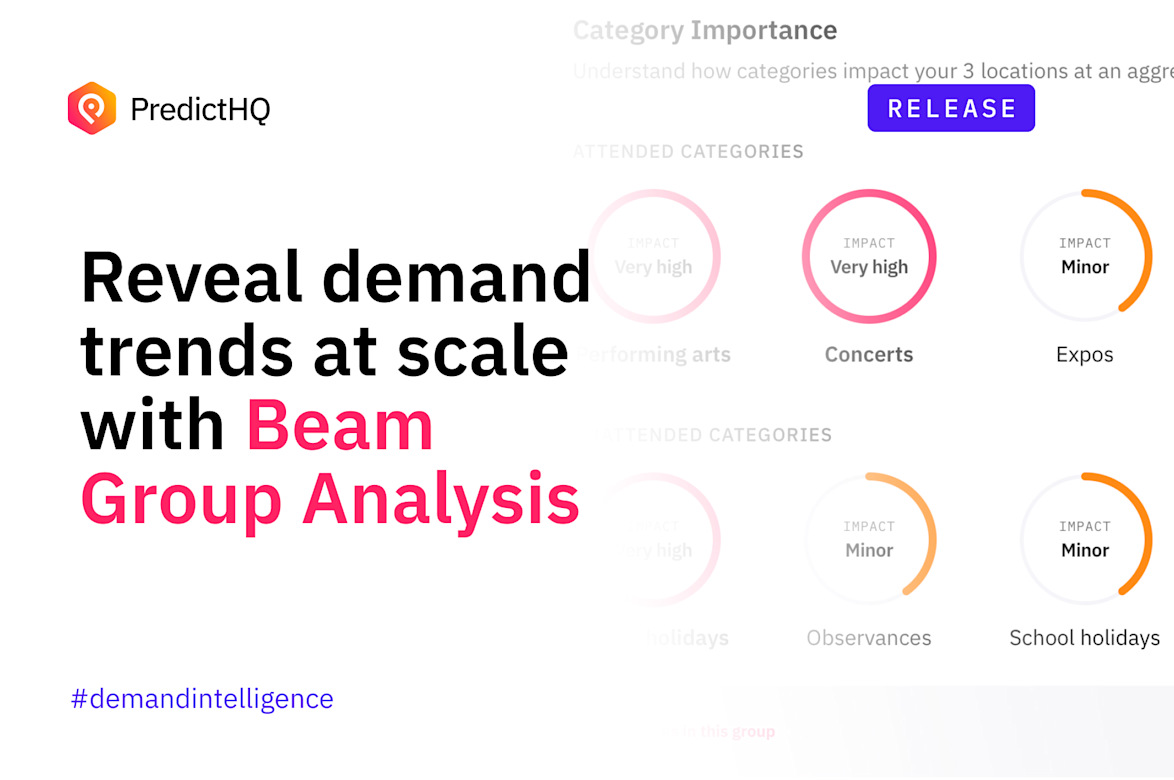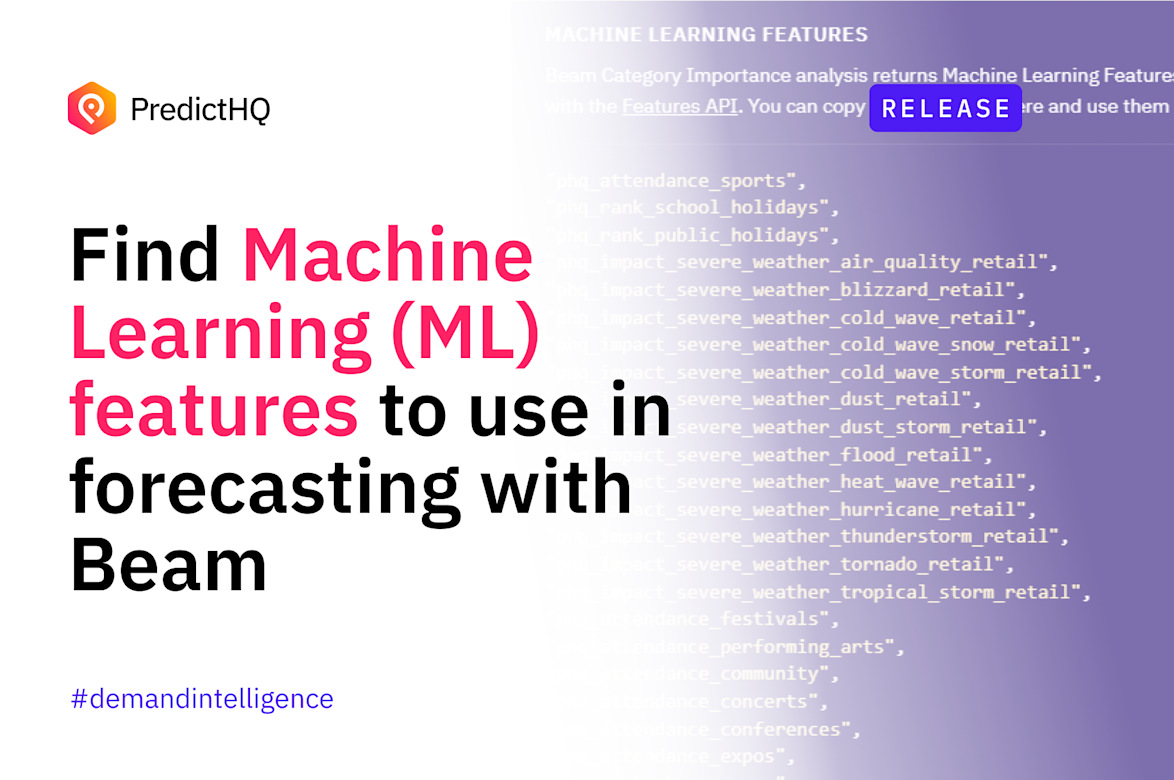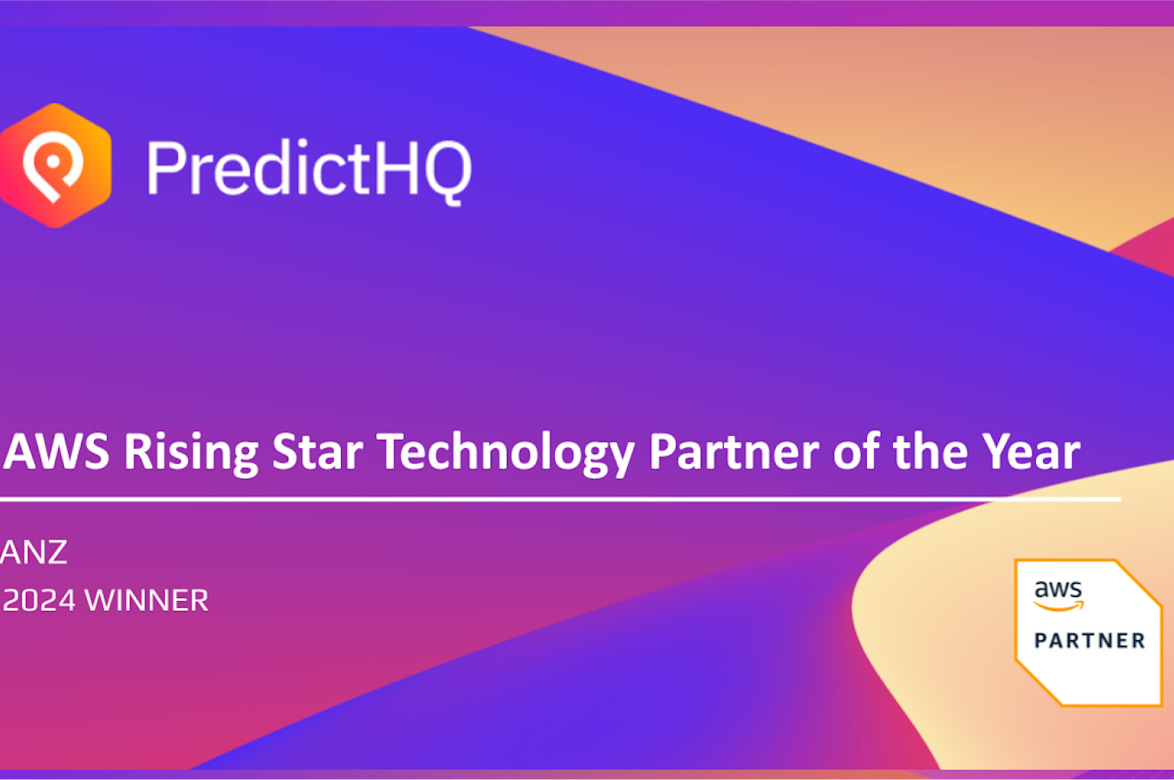The key to accurate retail forecasts in fashion & apparel

The urgent need for more accurate retail forecasts
According to McKinsey, the global fashion industry is set to pick up momentum in 2022 as consumers unleash pent-up buying power and continue venturing out into social events. But the fashion and apparel industry relies on a complex system of global supply chains that are seeing levels of disruption we simply haven’t experienced before.
Many retail companies are reporting struggles to manage inventory flows, while others report lower sales forecasts due to supply-chain blockages. Coupled with changes in consumer behavior and preferences since the onset of the pandemic in 2020, retailers are now fighting to maintain or grow their market share in a rapidly changing business landscape.
Over a third of the top 50 retailers in the United States report poor forecasting accuracy, with many consumer products and retail companies reporting error rates as high as 50%. As forecasting drives inventory planning, this could explain the ubiquitous nature of over and under stocking in retail.
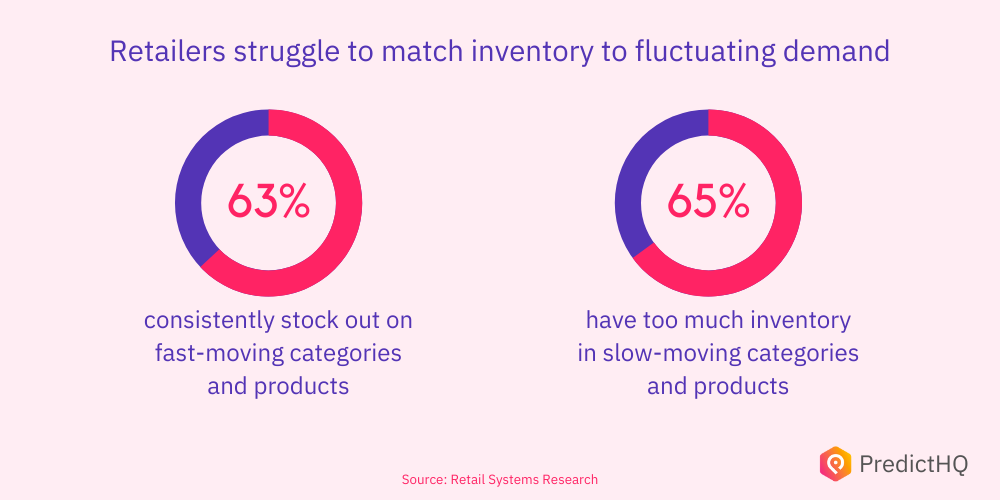
According to IHL Group, these inefficiencies result in a major blow to global retail performance to the tune of a staggering $1.1 trillion every year.
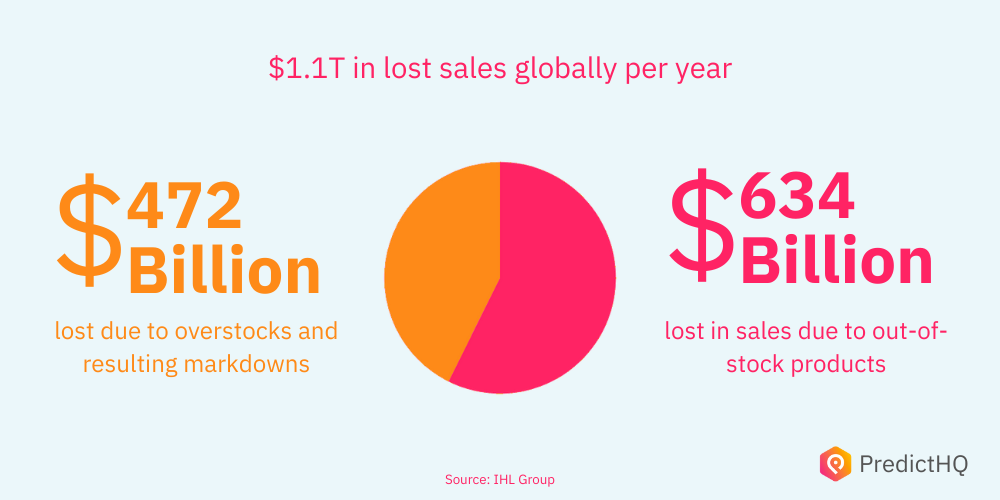
This highlights the fact that retailers at large are missing a critical element of inventory and workforce planning: a lack of insight into when and where to expect fluctuations in demand. Do you know when to expect an influx– or sharp drop in demand to your top performing locations?
In the coming years, the companies that will come out on top are those which adjust their strategy for maximum flexibility in order to keep supply flowing in alignment with fluctuating customer demand. This may explain why competitive retailers are branching out into new strategies such as intelligent event data to better understand consumer behavior.
Demand intelligence enables flexible supply chain management
When you build flexibility into your operating model, you’re always prepared for change. Our demand intelligence platform captures, verifies, enriches, and ranks millions of events all over the world to help better predict how events will impact demand. Detailed insight into impactful events near different store locations gives you the opportunity to optimize not just inventory, but also pricing and staffing, ahead of significant fluctuations in demand.
For example, a fashion retail location in San Francisco may be experiencing a demand surge, meaning there’s a significantly higher than usual number of events and attendees on a specific day, or span of days. With this insight, the operations team of that store can stock up on fast-moving products in order to avoid out-of-stocks, and even align product displays with upcoming events to encourage more sales. Also, they’d be able to staff appropriately to avoid missing out on sales due to being short staffed.
In another example, let’s say there’s a severe weather event coming to one or more of a company’s top-performing locations. Demand intelligence gives you the ability to accurately predict how this event will impact demand on the days before, during, and after the event. This way, you can cancel or reroute supply shipments to minimize lost revenue. Without being able to pinpoint when, where, and why demand fluctuates, changes like these continue to catch retailers off guard.
How demand intelligence drives accurate retail forecasts
Demand intelligence gives retailers the foresight needed to stock the right amount of the right product, at the right place, at the right time– and at the right price. At PredictHQ, our systems find, verify, and predict the attendance of half a million events every month. Fashion and apparel businesses use our intelligent event data to accurately pinpoint exactly when and where to expect an influx in demand, so they can plan accordingly.
Our platform makes it easy to search for verified events that drive impact to your store locations. In the control center, you can select from 19 event categories to search for including school closings, public holidays, sports, and more to find events happening near you. Be proactive by adjusting prices ahead of increased demand to maximize profits, and by stocking your inventory appropriately to minimize waste.
Try it out for free today to see how easy it would be for every member of your team to leverage intelligent event data for actionable insights. That way, you can make sure you’re always prepared to change your strategy to accurately match what’s really happening around your store locations.


